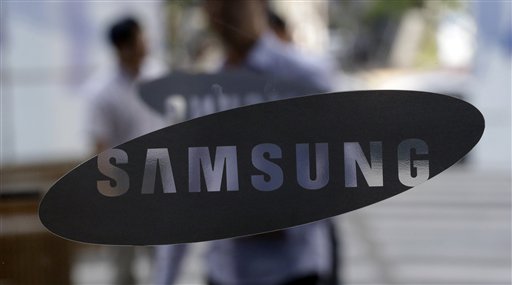I lost a good friend a few weeks ago—my TiVo. And with it, I lost all interest in grounded, cable company-provided, coaxial cable-delivered television.
I came home from the gym Friday, excited beyond words to go through the past two weeks of shows waiting on the diminutive, piano-black box: the final two episodes before the series finale of 24, the final two episodes of this season of House, finales of The Office, Community and SNL (in hindsight, my TiVo was probably sick of recording 90 minutes of painfully unfunny garbage), the last episode before the series finale of Lost—hours and hours of entertainment. The “TiVo” button on my universal remote serves two purposes—it turns on my TV and turns on my TiVo—but this time it half-assed its job. I examined the box and could hear it running, but couldn’t get a picture. I tried resetting the TiVo. I tried rebooting the TiVo. I tried blowing dust out of the TiVo with an electric tire pump. I tried cradling the TiVo in my arms. I tried prayer.
The next morning I called tech support and after 15 minutes on hold and 10 minutes with a rep, received some great help: They had no idea what was wrong with it, couldn’t fix it because it was out of warranty and were more than happy to offer me a 20 percent discount to buy a new one.
I loved my TiVo to death, through good times (a commercial-free airing of “Trapped in the Closet” in its entirety) and bad times (forgetting to record season one Mad Men repeats before the second season began), sickness (Wild ’n Out marathons on Saturday mornings in college while nursing a hangover) and health (replaying the Shake Weight commercial over and over), and I always hear how people quit companies cold turkey after poor customer support. Count me as one of those ship-jumpers, and while I’d never wish for a company’s downfall, seeing TiVo’s quarterly profit come in as a $14.2 million loss was not upsetting in the least.
Why is TiVo Inc. the bad guy here? The device was out of warranty, right? Well yeah, but there are a lot of points between “What can I help you with today?” and “I’m sorry, there’s nothing we can do for you.”
After my quick chat with tech support I looked online for anyone with similar problems. I found people not in my shoes but at least the same shoe store. Through the help of some TiVo community messiah, they were able to get their machines working again. How? By using a set of tests by which a TiVo can check itself for errors and determine where the problem lies. I had to read about them on the Internet, but I have a feeling that’s not how it’s supposed to work.
A TiVo is a computer and does computer-y things—it has a circuit board, a hard drive, runs a modified Linux operating system and connects to the Internet. Computers are investments, like a car or a house. When your car breaks down, does the manufacturer offer to figure out what the problem is and replace that part? Or tell you to trash it and buy a brand new one? When there is a leak in your house, do you hire a plumber to find it, or an architect to gut the house and start from scratch?
That’s to say nothing of loyalty: I’ve been a customer for three and a half years and given more money to their bottom line than I care to admit. TiVos require a monthly subscription fee, and while the company does offer a pay-once lifetime sub, few users pay $399 (no, there’s not a decimal missing there) upfront for that privilege. It gives the impression TiVo views its customers like wireless phone carriers do—not as humans, but as the lump-sum of their umpteen-month commitment’s bills.
Customers should never be thought of as disposable, as sums of money or unimportant. Maybe an industry-leading company can get away with it, but TiVo certainly can’t. At no point in the company’s 11-year history could it and it sure as hell cannot now. I’ve explained at length why paying disgusting amounts of money to cable companies is rapidly becoming unnecessary, and the Grim Reaper is en route to 2160 Gold St. in Alviso, Calif. too.





